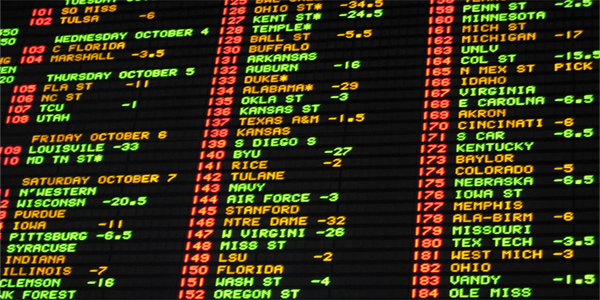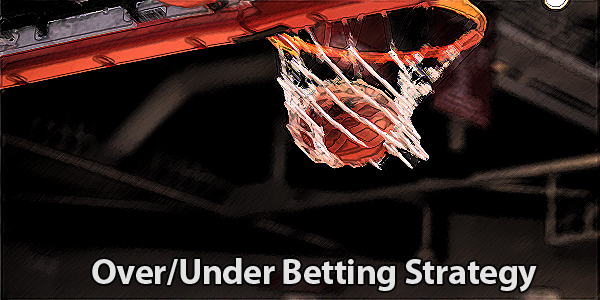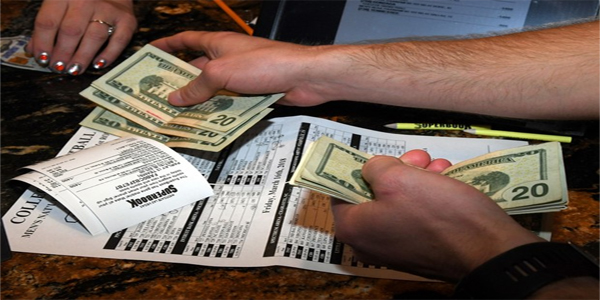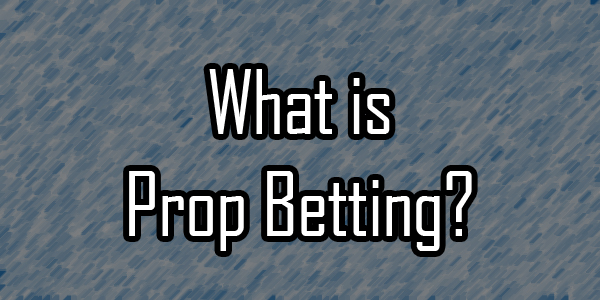Inside the Numbers
Bettors are generally familiar with sports wagering using a point spread. When we bet on a favorite using a point spread, in order to win our bet our team must win the game by more than the number. To win betting on the underdog, they can lose the game as long as it’s not by more than the number. Quite simple, and anyone that has done that is keenly aware of the fact that we are paying a vigorish of 10%.
Betting on baseball using the money line is the same but different. The only real difference is the vigorish, simply because we are betting on a team to win, whether it’s by one run or ten runs. There are cases where the vig is indeed 10%, or the money line is -110, but that are the exception rather than the rule simply because all teams are hardly created equal.
Add to the mix the fact that the starting pitchers are the largest factor books use when determining where to set the opening line. For example, betting on the Los Angeles Dodgers to beat the Atlanta Braves, at home, is going to be expensive. That bet will be exponentially more expensive if Clayton Kerhsaw is pitching, upwards of -300, or risking $300 to win $100. Remember, winning by one run or ten does not matter.
Conversely, if we think Atlanta has a viable chance, we can bet on the Braves to win the game at +280, or bet $100 to win $280. It is virtually no different than betting on a football game without having a point spread. If the Patriots are playing the Steelers and favored by six points, betting on them to win without having to do so by a touchdown is going to cost -300. It is all win probability percentage.
It is All Connected
This chart shows the correlation between the point spread in a football game and approximately what the corresponding money line would be There is also a column for expected win percentage based on the given line. Bear in mind these numbers vary from book-to-book and are adjusted throughout the betting cycle.
| Point Spread | Money Line | Expected Win % |
| 2 | -130 | 56.52 |
| -2.5 | -140 | 58.33 |
| -3 | -155 | 60.78 |
| -3.5 | -175 | 63.63 |
| -4 | -190 | 65.51 |
| -4.5 | -220 | 68.75 |
| -5 | -240 | 70.58 |
| -6 | -270 | 72.97 |
| -6.5 | -300 | 75.00 |
| -7 | -330 | 76.74 |
| -7.5 | -370 | 78.72 |
| -8 | -400 | 80.00 |
| -8.5 | -450 | 81.81 |
Why Expected Win Rate Matters
When we bet football and are laying -110 on the majority of our bets, we must win at rate of 52.38% to break even. For the novice, or beginner, that sounds relatively easy to accomplish. Those that have been around any length of time know better.
Since we are rarely laying -110 with a baseball team, that win rate matters even more. Using the above chart, if you are betting what most people call “short favorites”, they are typically in the -140 range. That makes your expected win rate to break even 58.33%. On the surface that seem like not a huge increase, but the calculator tells us that it is an 8% increase in playing against the -110.
With that said, many people play underdogs. This chart shows the win rate for a typical range of underdog prices.
| Money Line | Expected Win % |
| +130 | 43.57 |
| +150 | 40.00 |
| +170 | 37.03 |
| +190 | 34.48 |
| +210 | 32.25 |
The following chart is an example of how taking underdogs in the right situations can turn a profit winning less than the 52.38% we are familiar with from laying -110. This is an actual set of eight games the Atlanta Braves played in April, complete with the price they closed at as well as the result. As you can see they won four and lost four, or, won 50%.
| Date | Opponent | Pitcher | Line | Score | Result |
| April 30 | at Brewers | Foltynewicz | -105 | 3-4 | Loss |
| April 29 | at Brewers | Garia | +110 | 11-3 | Win |
| April 28 | at Brewers | Colon | -105 | 10-8 | Win |
| April 27 | at Mets | Dickey | +150 | 7-5 | Win |
| April 26 | at Mets | Teheran | +130 | 8-2 | Win |
| April 23 | at Philadelphia | Foltynewicz | -105 | 2-5 | Loss |
| April 22 | at Philadelphia | Garcia | +105 | 3-4 | Loss |
| April 21 | at Philadelphia | Colon | +100 | 3-4 | Loss |
As you can see, if you had bet $100 on each game, in the four losses it would have cost you $410. In the four wins you would have profited $490, so a net gain without having to win more than 50%. These are simple examples. With this knowledge it is fairly simply to extrapolate what betting on bigger underdogs could net, but of course they’re expected win rate is less as well.
The Timing of the Bet
We also need to factor in the market itself, which tends to be far less static and more fluid than a point spread might be in football. The following chart show the betting cycle for a recent game between Chicago and Kansas City. As you can see, the books opened the game with the White Sox being +124 underdogs. For our purposes here, the starting pitchers or the venue are irrelevant. Within an hour the books saw money come in on Chicago and adjusted the price to +118, trying to make the Royals look more attractive at a lesser price. Within the next several hours they did get some Kansas City money, but at the end of this particular window the White Sox were bet down to only +107.

That may not seem like a big move, and in some respects it’s not. However, if we’d have bet on Chicago early we would have a .17 better number. That is almost a 4% difference in win probability, or roughly one full point in the difference in a football spread. One little point. That one little point could be the difference between -3 and -2 in a football game, which we know is actually a huge difference. The difference is so drastic that most sharp bettors would not bet -3 and would gladly bet -2. We are making a mistake betting baseball lines by not searching for the best value or the best expected win percentage.
Dime Lines
Shopping for the best price on baseball money line bet is no different than any other shopping, and there are lots of options. You would not pay more for gasoline across the street, so you wouldn’t pay more for a commodity like a money line.
A “dime line” refers to the amount of vig charged by the bookmaker. For example in baseball money lines, if a favorite is -120 and the underdog is +110, that would be a dime line.
As the favorites increase in price, what the books charge increases in price, and that graduated increase is by no means standard from one book to another. The price will go from the standard dime line to twenty cents, and more. So, being able to get a dime line is one of the biggest advantages in betting baseball.
Bear in mind that the bookmakers are not in business to lose and almost every numerical and statistical probability is set up in their favor, not ours.
This is an “average” chart that a reasonable book will charge.
| Favorite | Underdog |
| -120 | +110 |
| -130 | +120 |
| -140 | +125 |
| -150 | +135 |
| -160 | +140 |
| -170 | +150 |
| -180 | +160 |
| -190 | +165 |
| -200 | +170 |
At -200 it is a thirty cent line, which is just that much more difficult to beat. It is almost cost-prohibitive to be taking the favorite and needing to win 66% of the time to just maintain is, well, very difficult. There is declining value in taking the underdog at +170 and having to win 37% to break even, as opposed to if it were a dime line, or +190, which changes the rate we need to 34%. Three percent, three more wins or three less losses out of 100. It sounds like an insignificant number, but to professional bettors it’s the difference between winning and losing.
With that in mind you are rarely going to find a dime line on a favorite that high, but occasionally you might. The point is that there are better numbers available from sportsbooks just as there are for any other commodity.
Baseball money lines are a commodity just as gold and silver are. You would not pay more for the gold bracelet at the jewelers across the street, so don’t leave your money with the sports book for no good reason other than convenience. At the end of the day you will have cost yourself as much by doing that as the teams on the field.






